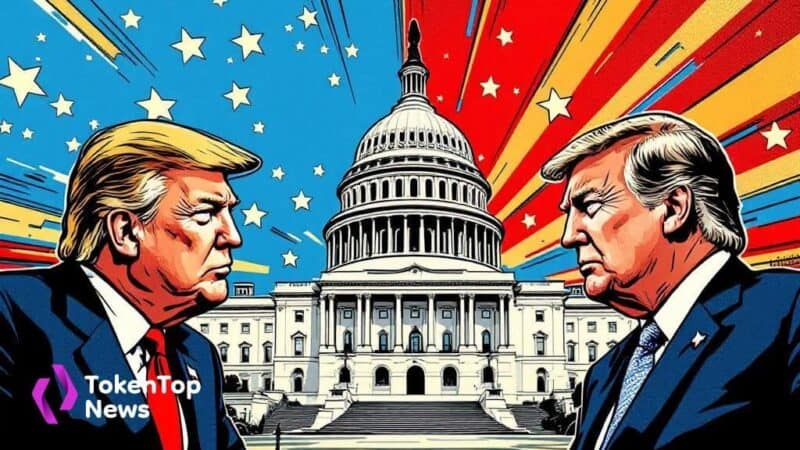Trump’s Sovereign Wealth Fund Plan Faces Objections
- Trump’s sovereign fund plan submitted; White House raises objections.
- Leadership involves Bessent and Lutnick.
- No final decisions made; pending further review.

Main Content
President Donald Trump’s directive for a U.S. sovereign wealth fund faces objections after submission by Treasury Secretary Scott Bessent and Commerce Secretary Howard Lutnick. The White House has yet to finalize any decisions or details regarding the fund’s operational framework.
Some administration members support establishing a sovereign wealth fund to boost the economy, potentially targeting Bitcoin BTC -0.79% as a core asset. The plan hints at aligning with pro-digital asset regulatory stances recently seen in U.S. appointments.
“In accordance with President Trump’s executive order, the Treasury and Commerce Departments have developed a plan for a sovereign wealth fund, but no final decision has been made. The administration remains committed to using all available tools to execute President Trump’s directives and ensure the nation’s economic and national security.” — White House Spokesperson, White House
The plan involves President Trump and senior officials like Bessent and Lutnick, emphasizing national security and economic goals. It reflects a broader trend in utilizing digital assets in government strategies, notably with Bitcoin’s potential inclusion.
Market discussions center on potential institutional shifts, especially toward Bitcoin, indicating a notable move if funds align with BTC. Political strategies align with digital asset stockpiling against central bank digital currencies, as noted in official statements.
Should the U.S. pursue this financial instrument, collaborations with private-sector stakeholders such as the “Nakamoto” investment company may emerge. Historical examples like Alaska’s Permanent Fund hint at benefits but lack the digital scope envisioned here.
Prospective outcomes suggest increased government cryptocurrency engagement and potential impacts on market capitalization. This aligns with broader regulatory efforts by newly appointed officials, possibly fostering crypto-positive environments. The ongoing debate underscores evolving regulatory approaches and rapid technological adoption trends.




